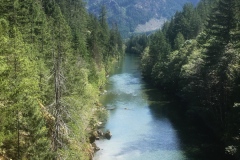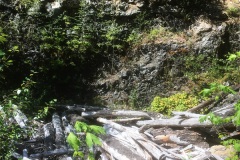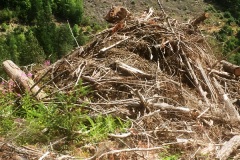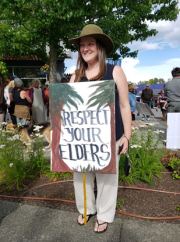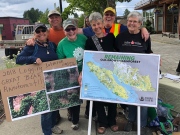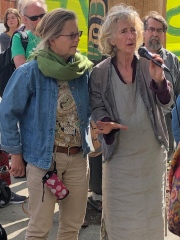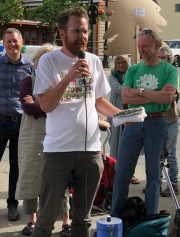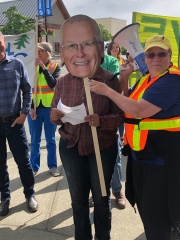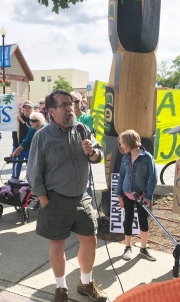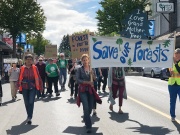Courtenay City Council’s annual appointments announced after a short delay

BC’s logging practices called out by Comox Valley group
Photo Caption
BC’s logging practices called out by Comox Valley group
Braving a brisk, cold wind on Nov. 8, supporters of Save Our Forests Team – Comox Valley (SOFT-CV) rallied outside Claire Trevena’s office in Campbell River to protest the provincial government’s continued logging of the last stands of productive old growth on the island.
In addition to two public surveys conducted in July, the province recently commissioned a two-person panel to travel throughout BC and gather more information about residents’ attitudes regarding old growth logging.
But, according to SOFT-CV, neither panel member is an independent expert.
“They are shills who have business connections within the timber industry and are primarily interested in economic development,” Megan Ardyche, an organizer of the protest, said.
One day before the protest, Premier John Horgan was in the Comox Valley for a ceremony breaking ground on a new long-term care facility.
SOFT-CV members asked Horgan if the province had any plans to stop logging productive old growth on the island in the face of the climate crisis.
“Well, there’s a strike happening right now, so nothing’s being logged,” Horgan told a member of the group.
Monica Hofer, a member of SOFT-CV, then expressed her concerns regarding old growth logging to Horgan.
“What would you have me do?” he said. “If we don’t log, we’ll be fighting court battles with countries which we’ve signed agreements with about log exports. That’d cost millions of dollars and eat into the provincial health care budget.”
Pat Carl is a frequent contributor to the Comox Valley Civic Journalism Project. She can be reached at pat.carl0808@gmail.com
SUBSCRIBE TO OUR NEWSLETTER
Courtenay Council announces its regional district line-up and other appointments
A few random items as the 2022 election comes to a close
Long-time public official Bronco Moncrief dies, Manno Theos hangs out in Greece, and Daniel Arbour reacts to lies about his campaign finances
Decafnation candidate voting sheet
A list of candidates endorsed by Decafnation
Join the discussion Oct. 3 about food system security in the Comox Valley
The Watershed Sentinel magazine is hosting a zoom webinar Oct. 3 on food system security in the Comox Valley
THE WEEK: Busting the myth that council members come with a blank slate
The Old Guard faction of Comox Valley political activists has been trying for decades to create a cohesive voting block
Three candidate forums for Oct. 15 Comox Valley elections
See and hear the candidates in person for this fall’s municipal elections. We list the three candidate forums
The Mack Laing Trust: BC Supreme Court hears arguments in 40-year case
Mack Laing Heritage Society says the Town of Comox is in a rush to clean up a mess of its own making, while town and Attorney General lawyers call The Society’s evidence “irrelevant.”
Comox Valley Nature webinar to discuss effect of climate change on marine life
Comox Valley Nature lecture to discuss how this summer’s heatwave killed off billions of sea life and the future for marine ecosystems
New North Island organics processing facility raises concerns about cost, fire and odours
Campbell River environmentalists raise concerns about the the cost and location of the Comox Strathcona Waste Management Commission’s new organics processing facility
Cannabis breeding and genetics centre creates three new strains for Aurora Cannabis
The Cannabis Innovation Centre in Comox, founded by Vanier grad Jon Page and now called Aurora Coast, has produced its first new strains of cannabis and will release them to consumers later this month




